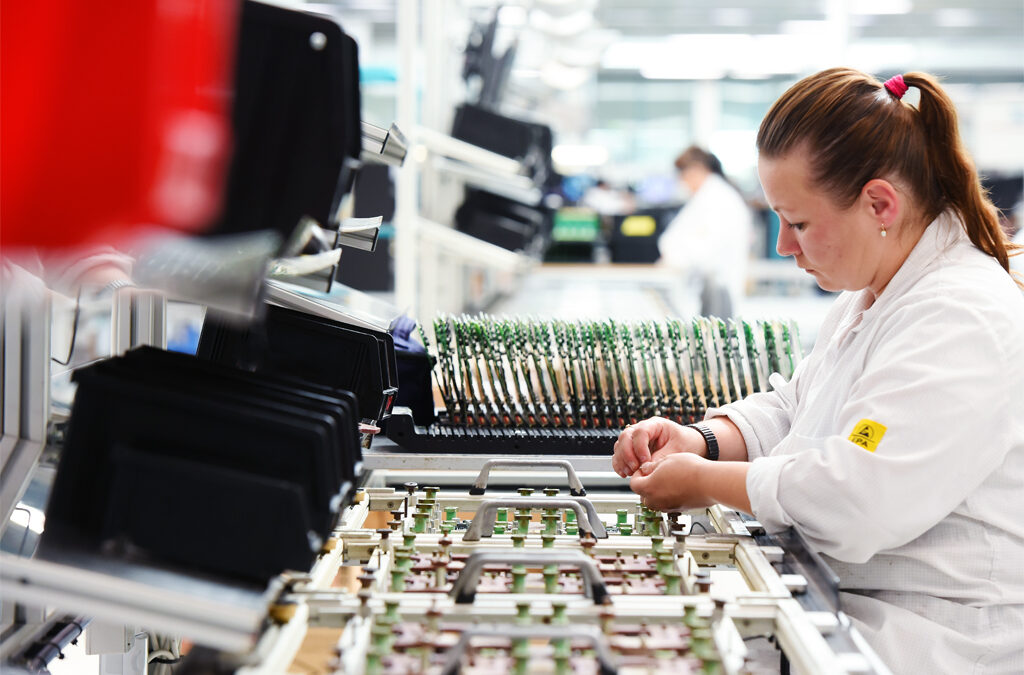
Printed Circuit Boards (PCBs) are the unsung heroes of the modern electronic age. They form the backbone of nearly every electronic device, from smartphones to spacecraft. pcb assemblers fabrication, a crucial step in electronics manufacturing, is both an art and a science. It involves intricate processes that result in the creation of customized, functional, and reliable PCBs to power our increasingly interconnected world.
The Design Phase: PCB fabrication begins with a well-thought-out design phase. Design engineers use specialized software to create a digital blueprint of the PCB’s layout, including the placement of components, traces, and layers. The design’s accuracy is paramount, as any errors can lead to functionality issues and costly delays during fabrication.
Material Selection: The choice of materials is vital to PCB fabrication. The base material, typically a rigid or flexible substrate, should meet the specific requirements of the application. Common materials include FR-4, a widely used fiberglass-reinforced epoxy laminate, and polyimide for flexible PCBs. The copper foil thickness and dielectric properties of the substrate also play a critical role in the PCB’s performance.
Printed Circuit Board Etching: Once the design is finalized, the PCB layout is transferred to the substrate using a process known as etching. A layer of copper is applied to the substrate, and a chemical etchant removes the excess copper, leaving behind the copper traces that form the electrical connections. Precise control over this process is crucial, as it defines the PCB’s conductivity and integrity.